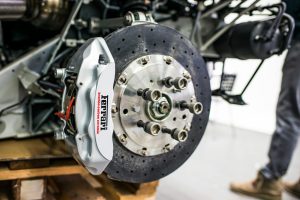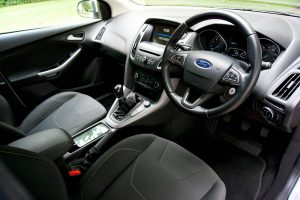The True Cost of Ownership: Beyond the Sticker Price
Have you ever bought something thinking you got a great deal, only to realize later on that it came with a high price tag in the long run? This is a common scenario when it comes to purchasing items, and it’s what we call the true cost of ownership – the hidden costs that go beyond the sticker price. In a world where consumerism is at an all-time high, it’s important to understand the true cost of ownership so that we can make informed decisions and avoid falling into financial pitfalls.
What is the true cost of ownership?
The true cost of ownership refers to the total amount of money that you will spend on a product over its entire lifespan. This includes not only the initial purchase price but also the maintenance, repairs, and other expenses that come along with owning the product. It’s easy to get excited about a low sticker price, but it’s important to consider the long-term costs that may exceed the initial price when making a purchase.
Examples of the true cost of ownership
Cars
One of the most significant examples of the true cost of ownership is buying a car. The monthly payments may seem manageable at first, but when you factor in the cost of gas, insurance, maintenance, and repairs, the total amount spent over time can be staggering. According to AAA, the average annual cost of owning and operating a car is over $8,000. This includes expenses such as fuel, insurance, maintenance, and tires.
Electronics
In today’s digital age, it’s a common practice to upgrade to the latest electronic devices as soon as they hit the market. However, this constant need for the latest and greatest comes with a high true cost of ownership. A smartphone, for example, may have a low initial price when signing up for a new contract, but over the course of two years, the cost of the device, monthly payments, and data charges can add up to thousands of dollars. Not to mention the cost of accessories and repairs that may be needed during that time.
Homes
Many people dream of owning a home, but few consider the true cost of homeownership. In addition to the mortgage payments, you must factor in property taxes, homeowners insurance, and maintenance costs. These expenses can quickly add up and catch homeowners off guard, especially if they were only looking at the initial purchase price.
The importance of considering the true cost of ownership
Understanding the true cost of ownership is crucial for making sound financial decisions. It allows you to budget properly and avoid overextending yourself financially. It also helps you avoid unnecessary expenses that could have been avoided if you had considered the long-term costs of ownership.
Additionally, considering the true cost of ownership can also help you make better purchasing decisions. If you know that a certain product or brand is known for having high maintenance costs, you may opt to spend a little more upfront for a more reliable and cost-effective option.
How to calculate the true cost of ownership
Calculating the true cost of ownership can be a daunting task, but it’s not impossible. Here are some steps you can take to get a better estimate:
Research the product
Before making a purchase, do your research to determine the average lifespan of the product, common repair costs, and maintenance fees. This will give you a better idea of the ongoing expenses you can expect.
Factor in additional costs
When calculating the true cost of ownership, remember to factor in all expenses related to the product, including gas, insurance, taxes, maintenance, and repairs.
Consider alternative options
It’s always a good idea to compare different brands, models, and pricing options to get a better understanding of the true cost of ownership. Sometimes, a slightly more expensive option may end up being more cost-effective in the long run.
Conclusion
The next time you’re considering a purchase, remember to look beyond the sticker price and consider the true cost of ownership. This will help you make informed decisions, avoid financial pitfalls, and save money in the long run. Remember, a low initial price doesn’t always mean a good deal, so do your research and think about the long-term costs before making any major purchases.










